BAR AND GRILLS REIGN ON IN 2023: THE EVOLUTION OF A CLASSIC CONCEPT
Concepts come and go, ebb and flow. But few have the enduring appeal of the bar and grill, which continues to draw diners with friendly service, quality food and fun drinks at a midscale price.
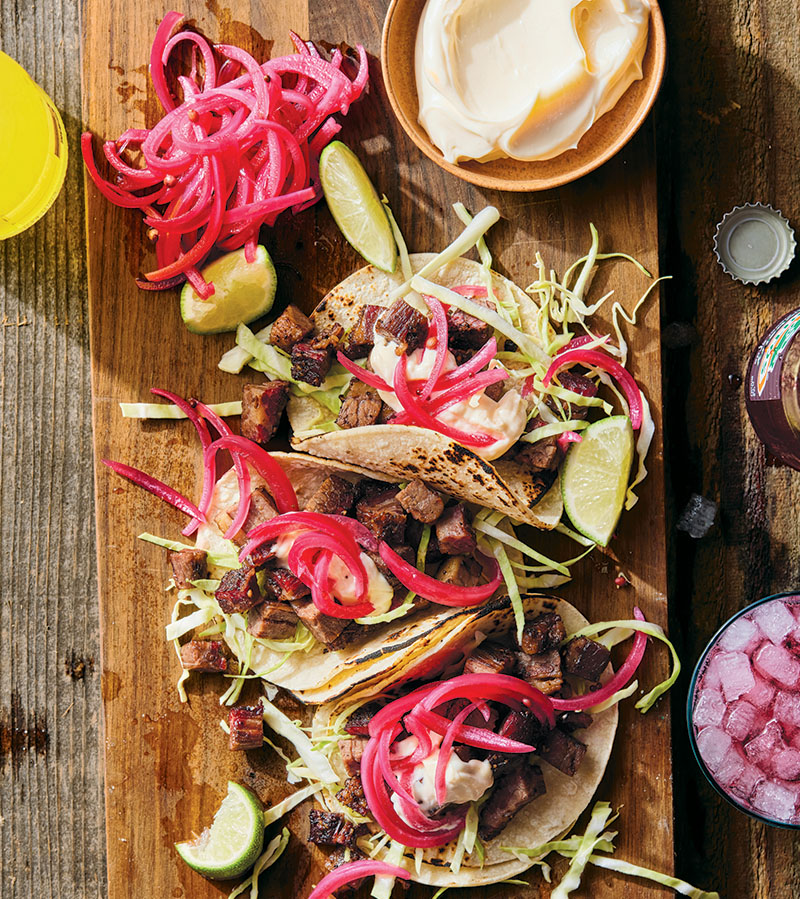
But that doesn't mean these neighborhood gathering places haven't evolved or won't continue to change with the times. The most successful are embracing technology, America's changing lifestyle and dining preferences. On the food side: more vegetarian options, protein alternatives and shareable selections – most often fried – along with burgers, barbecue, tacos, and mac and cheese. On the bar side: craft cocktails, low- or no-alcohol drinks, varying beer styles and a wider selection of spirits, such as bourbon.
Menus reflect American classics, typically in the form of comfort foods with just enough of a twist by way of current flavor trends, be it Japanese, Korean, Mediterranean or Middle Eastern.
“Keep it simple and keep it familiar, and do the best version of whatever that dish may be,” says Sean Yeremyan, owner of Big Table Restaurants in Atlanta, which includes several locations of Hobnob Neighborhood Tavern. “What you put in it is what you get out of it.”
❱❱ Menu Classics with a Twist
Comfort food has dominated bar and grills since Applebee's cast the mold 43 years ago. Today, bar and grills that started and grew locally are opening locations out of state, such as Michigan-based Black Rock Grill.
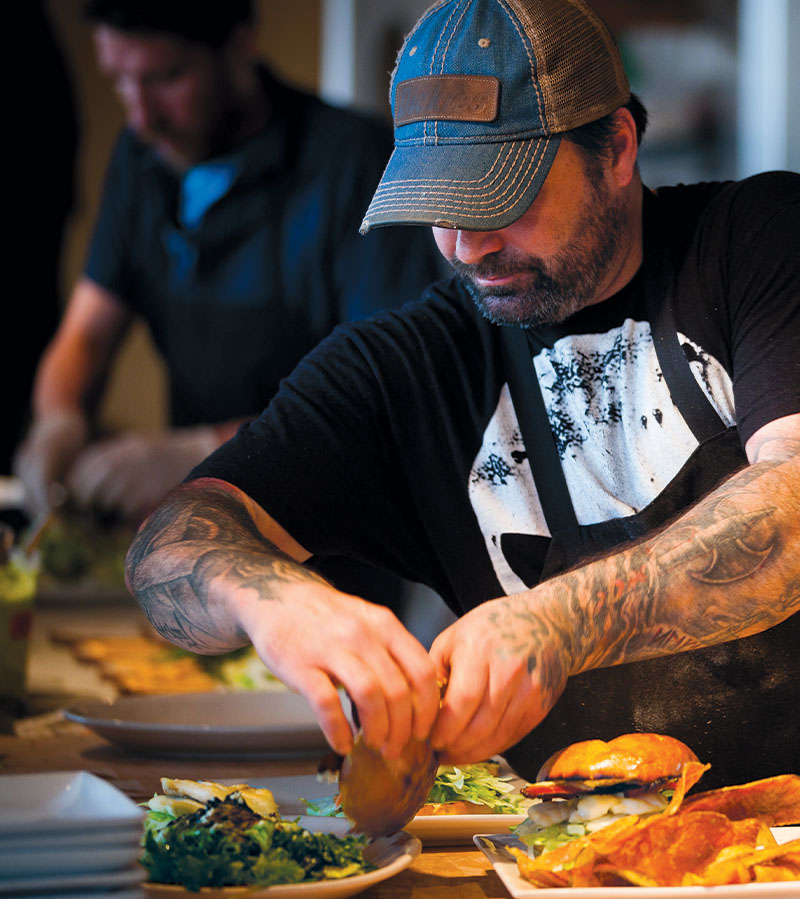
The menu, like so many others that followed such a trajectory, reflects recognizable flavors along with a smidge of current trends. For appetizers: fried pickles with chipotle mayo; halloumi bruschetta, but with pita chips; ribs with various sauces, including Caribbean jerk. For entrées, surf and turf combos, penne primavera with a plant-based alternative meat, and several burgers – including one sandwiched between “moons” of fried mozzarella.
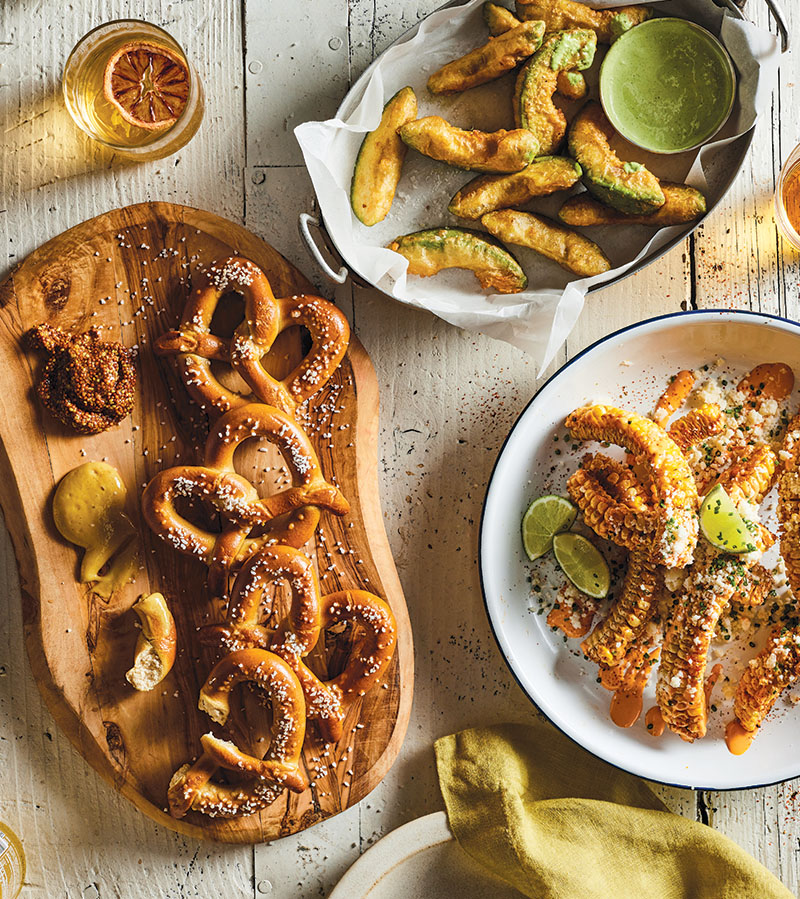
Local independents, like Yeremyan's Hobnob, stay regional as he expands to two more locations this year. He describes the menu as “tavern fare with Southern flair.” Fried green tomatoes are accompanied by Sriracha remoulade and goat cheese, but appetizers also include several tacos, as well as tuna poké with chili garlic sauce, furikake, tavern chips and Tabasco onions – which he calls the most innovative item on the menu.
❱❱ Duo personas
Michael Midgley has competed in several chef competitions, turning out creative dishes that could rival any fine dining menu, but his Midgley's Public House in Stockton, California – essentially the Central Valley – straddles steakhouse fare along with bar and grill signatures. “I’m not a tweezers and microgreens kind of guy,” he says, yet his menu reflects his past training. Appetizers include avocado fries with Sriracha ranch; asparagus cigars wrapped with cream cheese and fried, served with a sweet chili sauce; and barrel-smoked prime rib sliders, as well as pork belly sliders. Steakhouse options include a tomahawk ribeye and upsells like mac and cheese for $14 and grilled bread for $6.
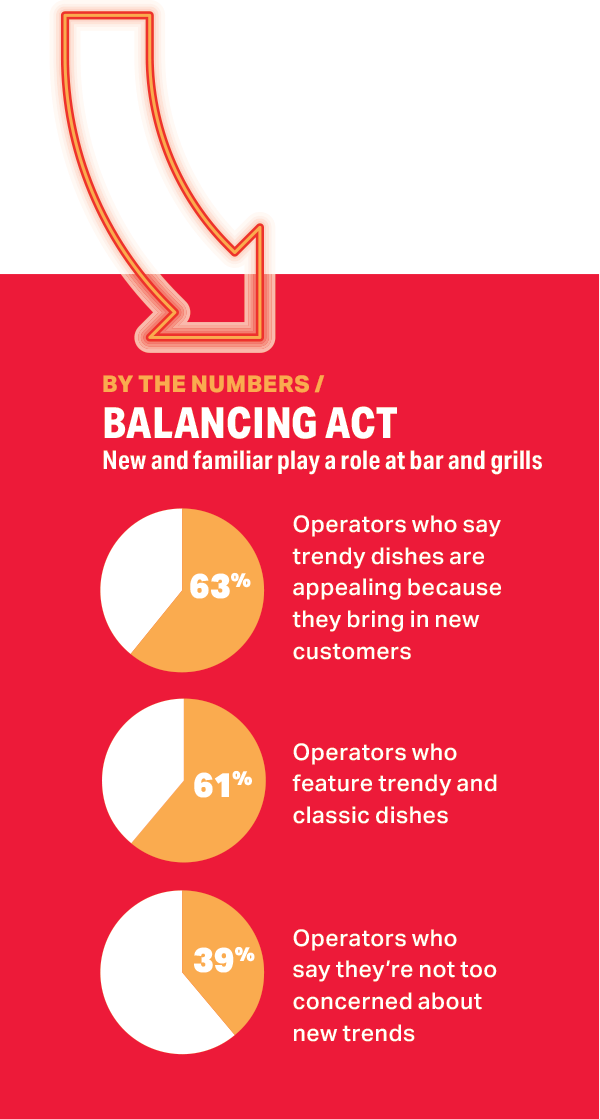
❱❱ Beyond the Kids menu
A neighborhood gathering place undoubtedly means it's suitable for kids, like Hildee's Texas Dine-Inn. The requisite kids menu of a burger, chicken strips, pasta and grilled cheese is offered – but small adults of millennial parents are more likely to order from off the big people's menus. At dinner, there are shareable wings with a choice of sauces that includes chimichurri; brisket rangoon with sorghum sweet and sour; and smoked meatloaf with mushroom butter bean succotash, red okra and bacon tomato glaze, as well as farm stand risotto with local seasonal ingredients and chicken-fried wagyu steak – all artfully presented. Their moniker: dine in, stay awhile.
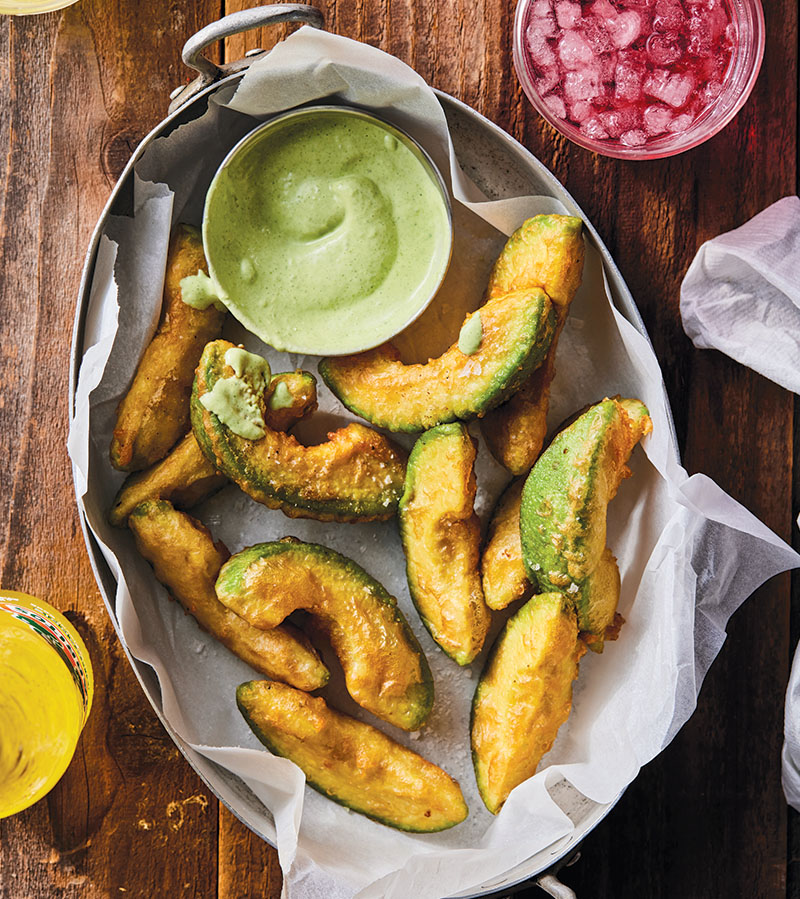
❱❱ Booze is Boss
If a concept is neighborly, alcohol will figure prominently. When Yeremyan opened Hobnob, the craft beer trend hadn't hit Atlanta yet, so he featured it. Not long afterward, he began selling a wide selection of bourbon. Today, more craft cocktails are offered.
Southern California-based Bosscat Kitchen & Libations launched its American comfort food menu with a whiskey room (and whiskey club) that houses hundreds of whiskies from several countries. Founders John Reed and Leslie Nguyen call their four-unit concept a “lively dining experience,” something for everyone's taste, whether it's high-end bourbon or a working person's beer. The menu, they say, reflects new ideas with seasonal produce, meats and spices. There's California Onion Dip, composed of whipped ricotta and cipollini onion confit served with pita; portobello mushroom fries with smoked jalapeño sauce; country bread with whipped ranch butter; a kale goddess salad that includes quinoa, corn, black beans, roasted red peppers, shaved Parmesan and pumpkin seeds tossed with creamy cilantro dressing; and a 12-hour beef short rib with black pepper sauce, scalloped potatoes and seasonal greens.
❱❱ Technology Helps Bar and Grills Grow
While the familiar and friendly draws customers, industry experts say technology will keep their businesses thriving amid the everyday challenges of competition, labor and higher food prices. Look no further than Texas Roadhouse, a legacy concept with more than 600 locations that recorded its most profitable quarter ever earlier this year – a change that can be attributed to its investment in technology.
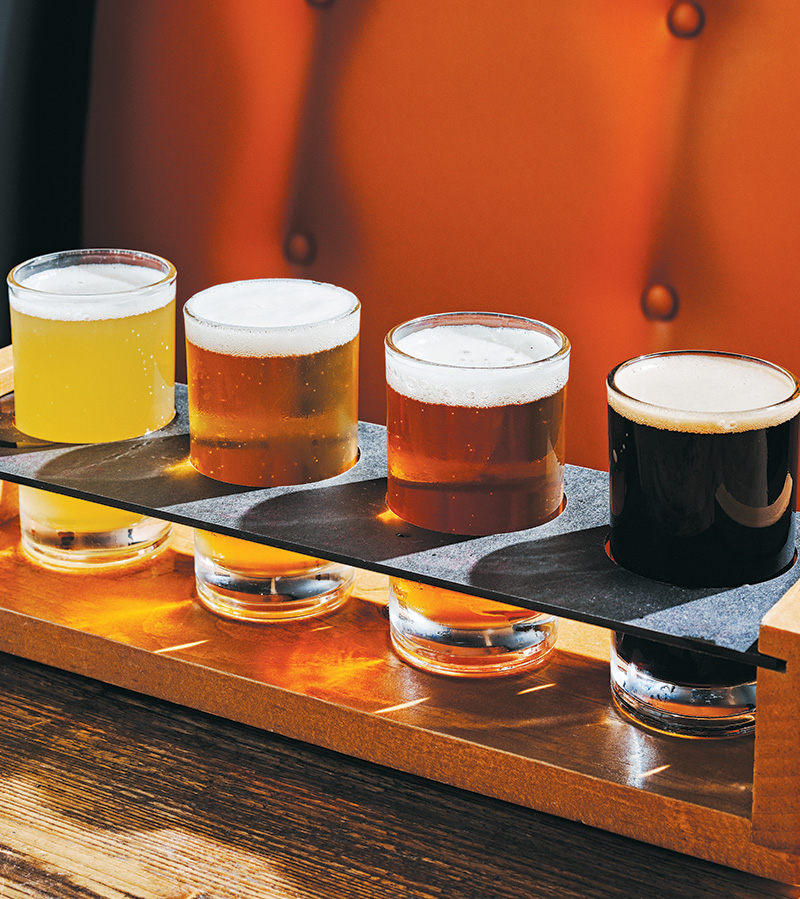
Meredith Sandland, a seasoned restaurant executive and co-author of the recently published, “Delivering the Digital Restaurant: Your Road Map to the Future of Food,” says a seamless dining experience sets operators apart. This “frictionless commerce,” for example, includes the ability to use your phone or restaurant tablet to order another drink or dessert, or pay the check – basically any need a server typically fulfills after the initial greeting. Such software remembers the party and preferences.
“This is the year of innovation for BOH,” she says of back-of-the-house software that can track labor, food costs, billing and inventory more efficiently than ever. “It's kitchen display systems that give you a head's up, telling workers what dish they should be making and when. It's common in QSR (quick service restaurants) but starting to be adopted by other segments.”
Innovation in third-party delivery and optimizing a restaurant's online presence is also essential, she says. “Following your customer's digital footprint online will make all the difference in a restaurant's success.”

